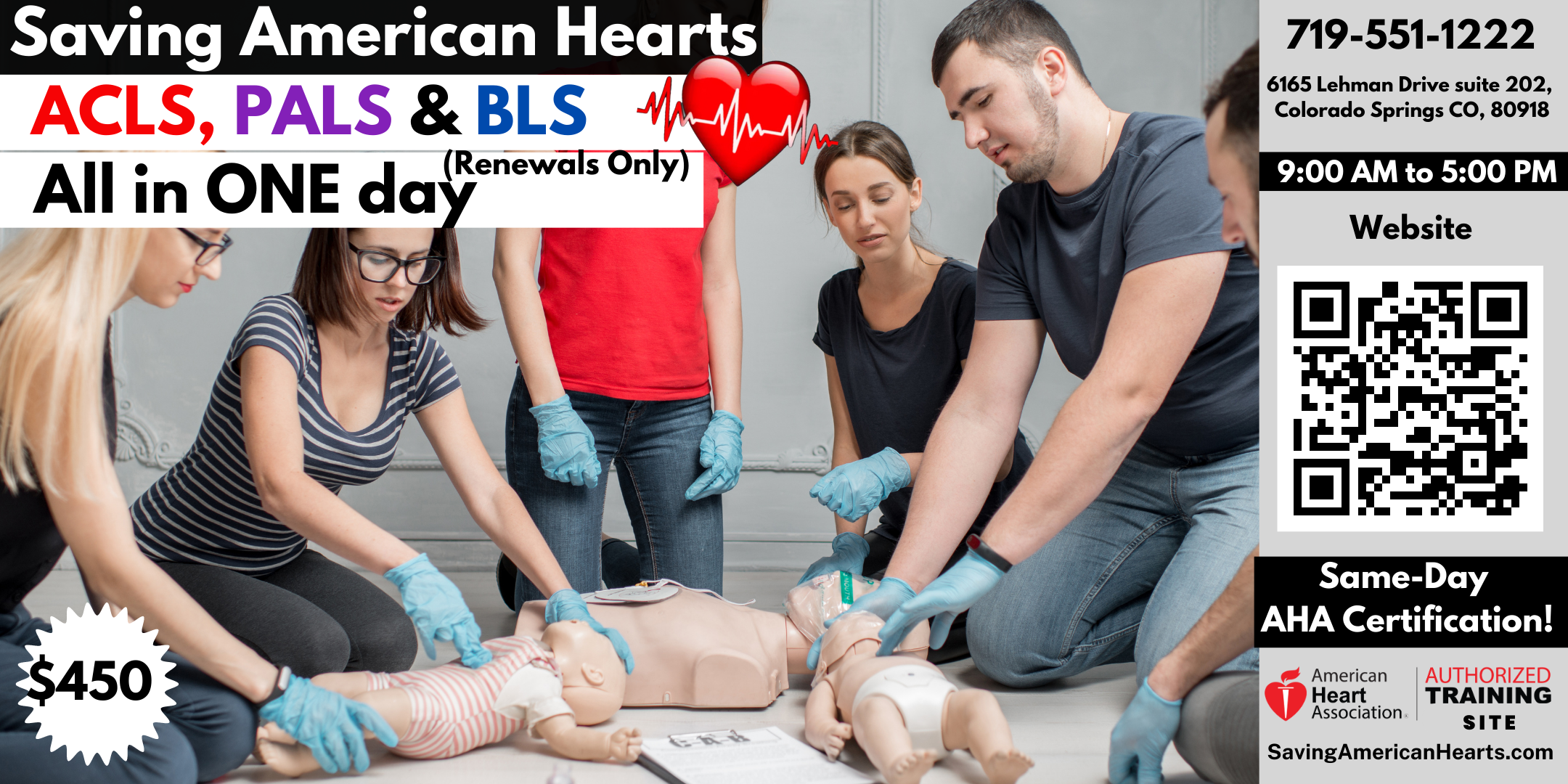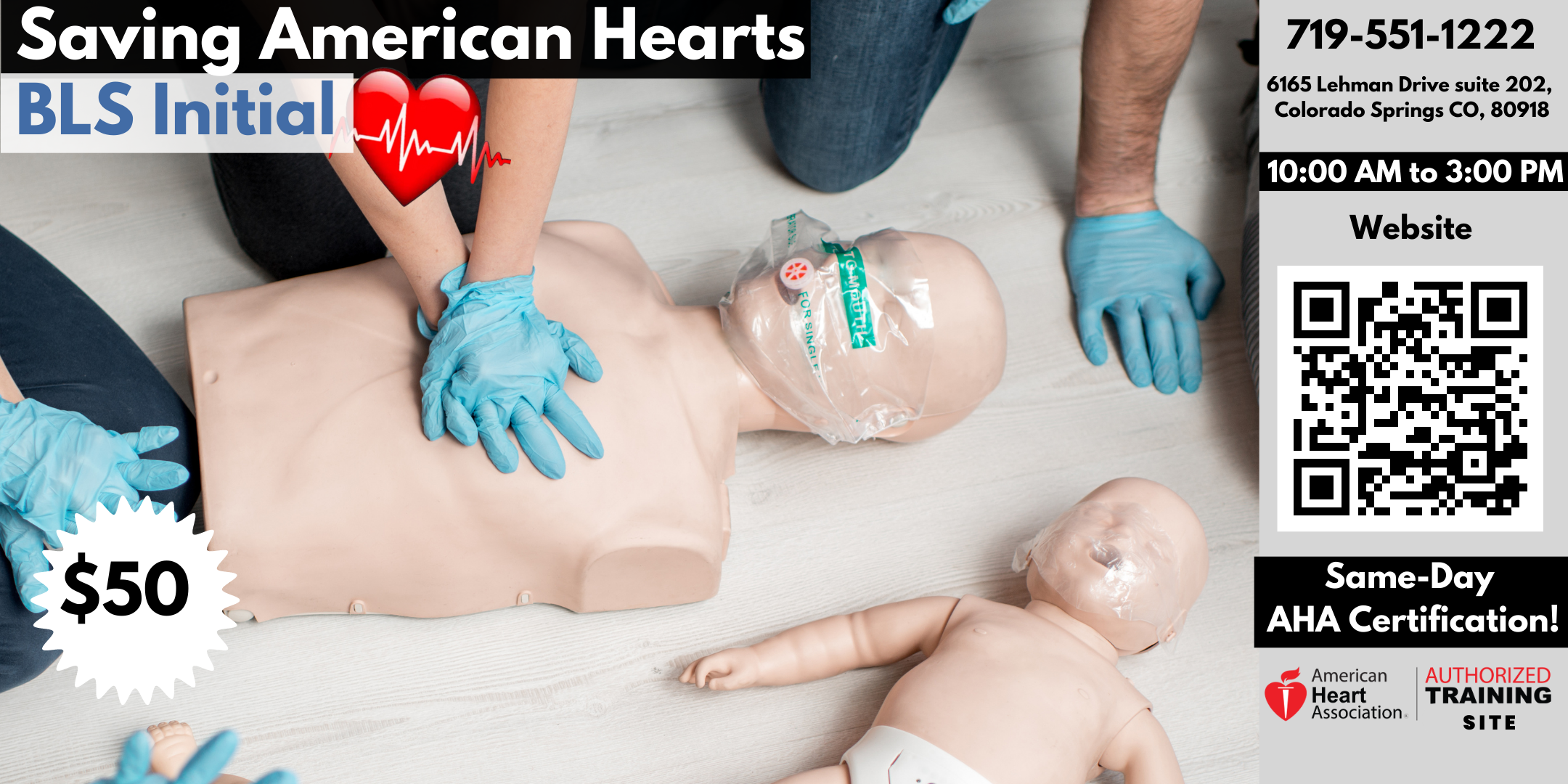Posted by By Luke Thompson June 10, 2023 on Jul 1st 2023
Cardiac arrest save at Wash. track event highlights use of AEDs at sports events
Cardiac arrest save at Wash. track event highlights use of AEDs at sports events
The right resources paired with the efficient execution of an emergency medical plan prevented the tragedy and turned two best friends into heroes during last week's Class 1A, 2B and 1B state track and field championships at Zaepfel Stadium.
When a Napavine runner collapsed following her team's 4x100 relay in Friday's prelims, Eisenhower athletic trainers Joel Buffum and Josh Holliday quickly went to work in front of thousands of stunned onlookers. By the time paramedics arrived six to eight minutes later, Buffum said the athlete was "coherent and conversing" after they'd revived her through CPR and the use of an automated external defibrillator.
Meet director Scott Wells watched the scene unfold from near the finish line, keeping an eye out for emergency vehicles and ensuring no one got too close to the athletic trainers and their life-saving work. Yakima Memorial Hospital's Dr. Christopher Schmeltzer came down from the stands to direct others while Buffum and Holliday worked, and although five or six people tried to shield the athlete from the crowd, they couldn't hide the reality of a clearly urgent situation.
"It was the most disturbing and eerie thing to be in a stadium filled with students and adults and it was silent," Wells said. "I've never seen more confident and competent calm in two athletic trainers."
Buffum brought out the AED about 45 seconds after the collapse, and less than a minute later it was ready to deliver its first shock. AEDleader.com reports the survival rate for patients with ventricular fibrillation can be as high as 74% if a shock is administered within three minutes, and American Heart Association data shows after five minutes the chances of survival fall by 10% without a shock.
Those statistics underscore why Buffum believes it's so important for every school to provide easy access to AEDs, and the Yakima School District agrees. Holliday said this is the first time in his nine years one has been used at a sporting event but they're kept at several locations around the Eisenhower campus, including one always carried by athletic trainers, two at Zaepfel Stadium, one each at the softball and baseball stadiums, plus multiple AEDs inside the main school building.
They're not always available at high school track meets, particularly for those featuring smaller schools. Buffum suggested if the same thing had happened at many of those teams' previous meets, the outcome could have been much worse.
He credited an administrator for calling 911 immediately after a brief initial evaluation and said Yakima Fire showed up first, less than five minutes after the incident began. Holliday said everything worked in their favor, even the location of the collapse near the medical tent where the two athletic trainers were working.
"When you consider the whole track meet, where this event happened couldn't have been in a better spot for the success for this athlete," Holliday said. "Even if this had happened on the opposite corner of the track we'd be talking about a different story, just in the response time it would have taken to get over there and establish that care or the information getting to us."
They declined to go into detail regarding what exactly went wrong to cause the collapse, out of respect for her privacy. Wells said she underwent a successful surgery Tuesday and will be in Seattle Children's Hospital for at least a week.
Napavine's coach reached out this week to request an extra medal for the relay team, which finished second in its heat and qualified for the final before the runner collapsed. Wells agreed to make an exception and said he plans to reach out soon to ensure the athlete gets her medal.
Even before she left Zaepfel Stadium, other athletes and fans saw clear signs she'd avoided the worst-case scenario. Wells said the stadium erupted when she finally sat up, and the athletic trainers joined everyone else in breathing a sigh of relief.
"This is not my first time doing CPR but this is definitely the most public," Buffum said. "You can talk to anybody who's done CPR, it's exertional, it's a workout, and you don't know if or when it's going to work."
Buffum just began a full-time job this year as one of Eisenhower's athletic trainers, alongside his best friend, Holliday. They've known each other for 15 years since meeting at Whitworth University and they've both spent more than a decade working with high school athletes in the Yakima area.
Buffum teaches Introduction to Healthcare Careers and Sports Medicine classes at Eisenhower while Holliday leads the more advanced program, teaching physical therapy technician courses at Yakima Valley Technical Skills Center. They're generally content to stay in the background at athletic events, so Buffum said it felt overwhelming when Wells took the two athletic trainers to the podium last Saturday, where they received a standing ovation.
"It's very humbling the amount of people that have reached out to us from near and far that are colleagues of ours across the state or further that are athletic trainers," Holliday said. "We see it as, well, we were just doing our job and glad that everything went the way that we were hoping it would. But yeah, it's been a moment."

